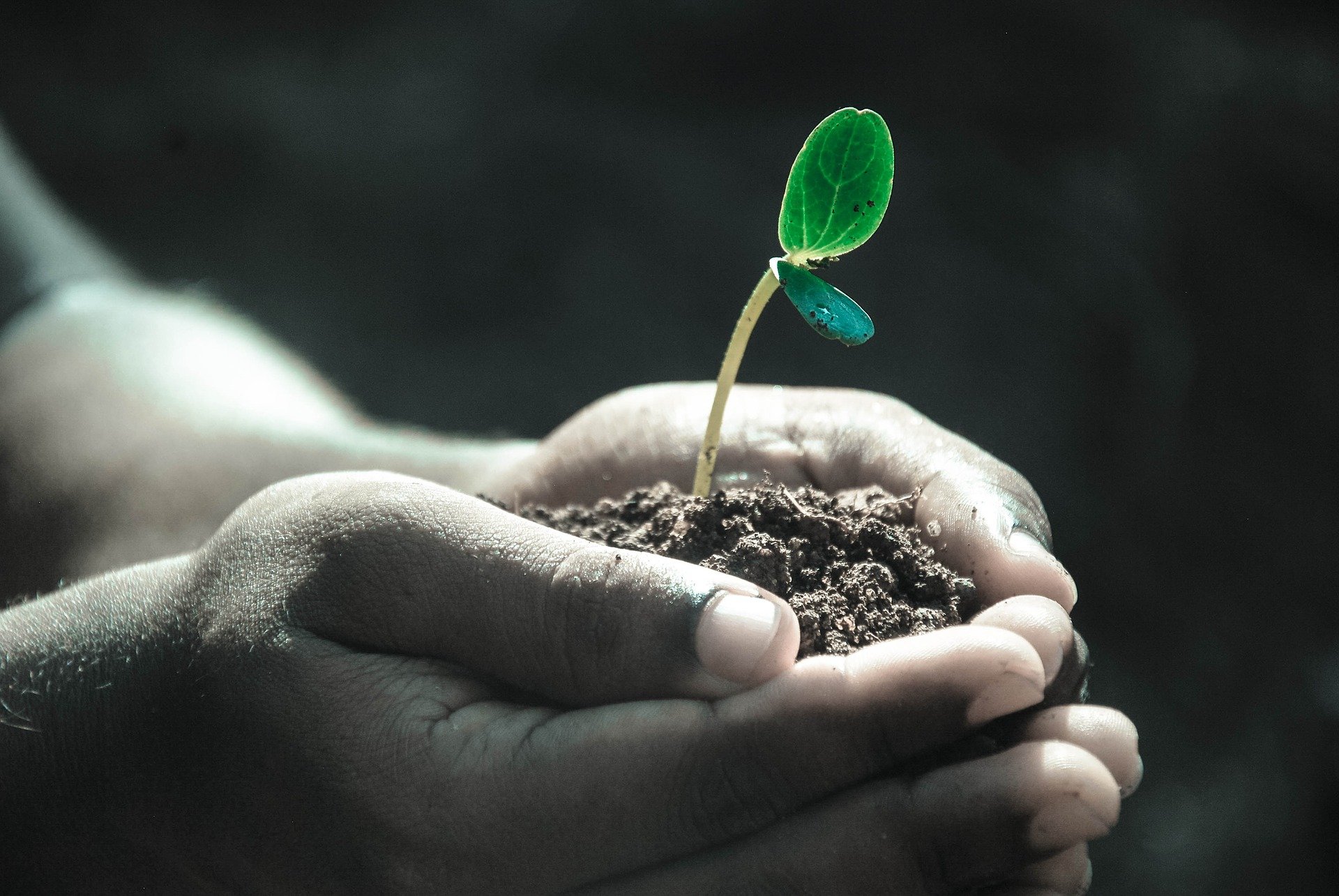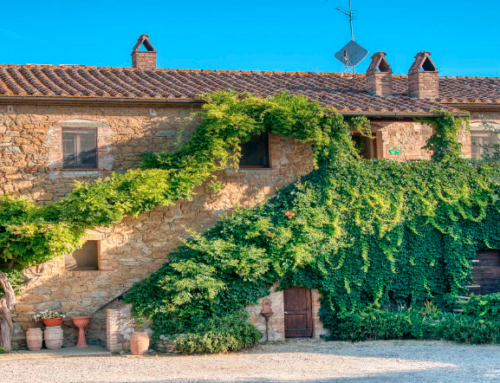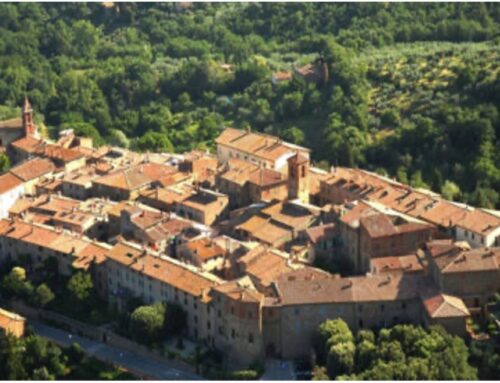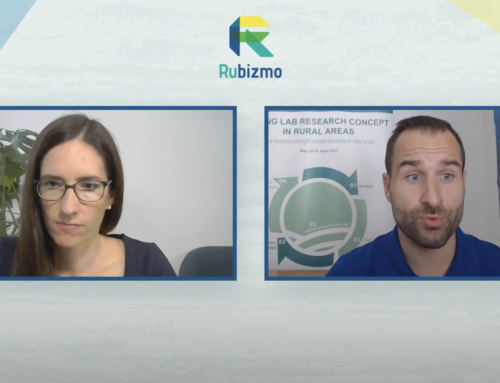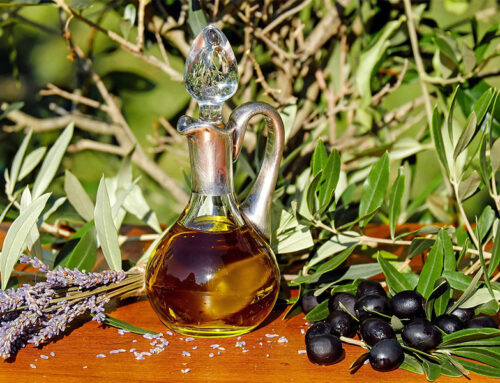The continuous increase of organically grown farms fits perfectly into a logic of development of the circular economy in the Trasimeno Area. Let’s look at a concrete case of a company growing olive trees, durum wheat and industria tomatoes. In addition to the direct benefits, the indirect benefits are clear, in terms of environmental impact, the recovery of by-products and increased demand from consumers.
Farm Surface: 10 hectares
Olive grove: 5 hectares
Durum wheat: 2.5 hectares
Tomato in the open field: 2.5 hectares
A) Gross production saleable under ordinary conditions:
Olive grove: 5 hectares x 270 plants x 10 liters x 8 euros = 108,000 euros
Durum Wheat: 2.5 hectares x 50 quintals x 28 euros = 3,500 euros
Industrial tomato: 2.5 hectares x 800 quintals x 9 euros = 18,000 euros
TOTAL: 129,500 euros
B) Gross production that can be sold organically:
Olive grove: 5 hectares x 270 plants x 6 liters x 13 euros = 105,300 euros
Durum Wheat: 2.5 hectares x 40 quintals x 30 euros = 3,000 euros
Industrial tomato: 2.5 hectares x 600 quintals x 12 euros = 18,000 euros
TOTAL: 126,300 euros
C) Direct costs under ordinary conditions:
Olive grove: 910 euros x 5 hectares = 4550 euros
Durum Wheat: 1300 euros x 2.5 hectares = 3250 euros
Tomato for Industry: 11000 euros x 2.5 hectares: 27500 euros
TOTAL: 35,300 euros
D) Direct costs by biological method:
Olive grove: 700 euros x 5 hectares = 3500 euros
Durum Wheat: 1000 euros x 2.5 hectares = 2500 euros
Tomato for Industry: 9000 euros x 2.5 hectares: 22500 euros
TOTAL: 28,500 euros
GROSS INCOME
A-C (traditional method): 94,200 euros
GROSS INCOME
B-D (biological method): 97,800 euros
In addition:
lower environmental impact (to be estimated)
recovery of storage, vegetation water, sanse and pruning (fertilizers and electricity) (to be estimated)
increase in demand for products and tourist flows (to be estimated)
(Paolo Burini – UCT)

